When I lived in Texas, I had my yard certified by the National Wildlife Habitat.
All you have to do is make sure your yard has what nature needs, which I go into below, and register your yard to be certified if you want it to be formalized.I purchased a sign from the National Wildlife Federation to place on the fence in my yard.
I didn’t have a large yard. It was a typical side yard many garden homes have.
No matter where you live, if you get creative you can probably make your yard more hospitable for wildlife and also be certified if you so desire.
Here is the URL to the National Wildlife Federation.
The National Wildlife Federation is the United States’ largest private, nonprofit conservation education and advocacy organization, with over six million members and supporters, and 51 state and territorial affiliated organizations.
I am planning to employ as many of these practices as is possible. I’ll get creative!
As I work on this project, I will take photos and show you what I’m doing on my apartment patio.
The Requirements…
1. Food
2. Water
3. Cover
4. Places To Raise Young
5. Sustainable Practices
Food sources you need to be certified:
Your own habitat needs three of the following types of plants or supplemental feeders:
Seeds from a plant
Berries
Nectar
Foliage/Twigs
Nuts
Fruits
Sap
Pollen
Suet
Bird Feeder
Squirrel Feeder
Hummingbird Feeder
Butterfly Feeder
My habitat: I do have a bird feeder, but I’d rather go the all natural route. I have shrubs with berries in my front yard. I will have to see if the birds can eat them.
I’m thinking maybe they can because I see them out there in those shrubs all the time.
I certainly have pollen right now!
I will also check into plants that have seeds.
Water Sources You Need To Be Certified
Your habitat needs one of the following sources to provide clean water for wildlife to drink and bathe:
Birdbath
Lake
Stream
Seasonal Pool
Ocean
Water Garden/Pond
River
Butterfly Puddling Area
Rain Garden
Spring
My Habitat: I have a solar bird bath. And I can create a butterfly puddling area similar to last year.
Wooded area
Bramble patch
Ground Cover
Rock pile or wall
Cave
Roosting Box
Dense shrubs or thicket
Evergreens
Brush or log pile
Burrow
Meadow or prairie
Water garden or pond
My habitat: I have plants that are ground covers. I also have dense shrubs out front.
The tree that overhangs onto my patio is an evergreen. I also have rocks that I could use for a small rock pile. And I have bird houses.
Places To Raise Young:
You need at least two places for wildlife to engage in courtship behavior, mate, and then bear and raise their young.
Mature trees
Meadow or prairie
Nesting box
Wetland
Cave
Host plants for caterpillars
Dead trees or snags
Dense shrubs or a thicket
Water garden or pond
Burrow
My habitat: I can check into host plants for caterpillars. I have mature trees and nesting boxes. And I have mature trees.
Sustainable practices:
You need to employ practices from at least two of the three categories below to help manage your habitat in a sustainable way. To better help wildlife, they advocate using one or more practices from each category.
Soil and water conservation: Riparian buffer (A riparian zone or riparian area is the interface between land and a river or stream), capture rain water from roof, xeriscape (water-wise landscaping), drip or soaker hose for irrigation, limit water use, reduce erosion (i.e. ground cover, terraces), use of mulch, rain garden
Controlling exotic species: Practice integrated pest management, remove non-native plants and animals, use native plants, reduce lawn areas
Organic practices: Eliminate chemical pesticides, eliminate chemical fertilizers, compost
My habitat: I never use chemicals. I also use organic fertilizers and compost.
I will check into native plants. I already have ground cover to reduce erosion.
Don’t let this list intimidate you. You saw what I came up with for my habitat above. I’m sure you have most of those things in your yard, or have access to them.
I do think we owe it to wildlife to do what we can to replicate their natural environment. Because they lose their natural habitats due to new construction, etc.
They’re always tearing down trees to create new neighborhoods and roads. All these things force wildlife to work harder to survive.
Tomorrow I will tell delve into gardening for wildlife.
Join me. This will be fun!
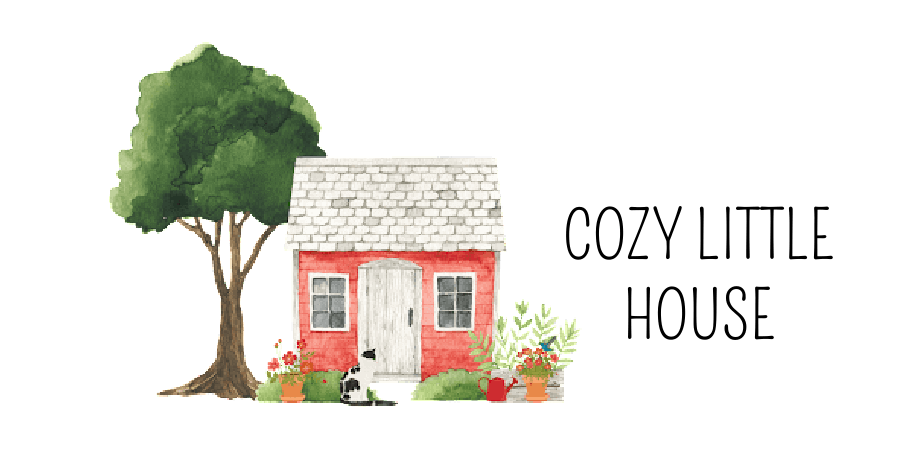
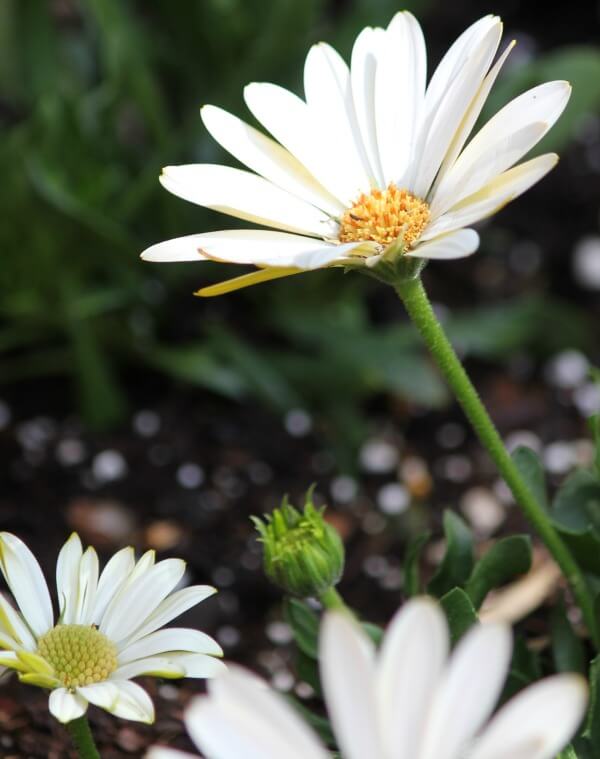
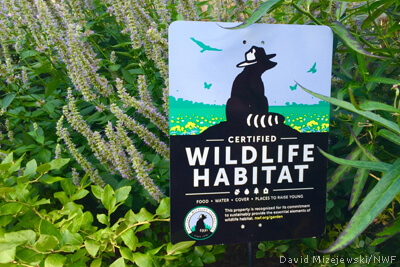
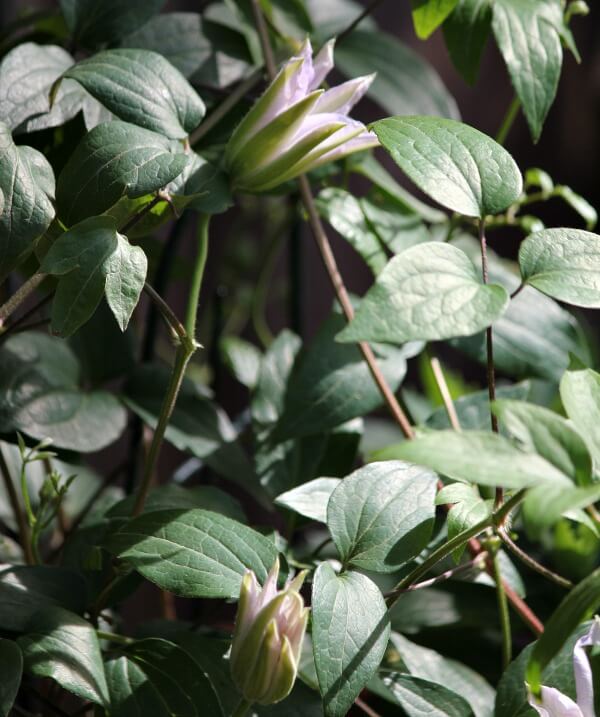

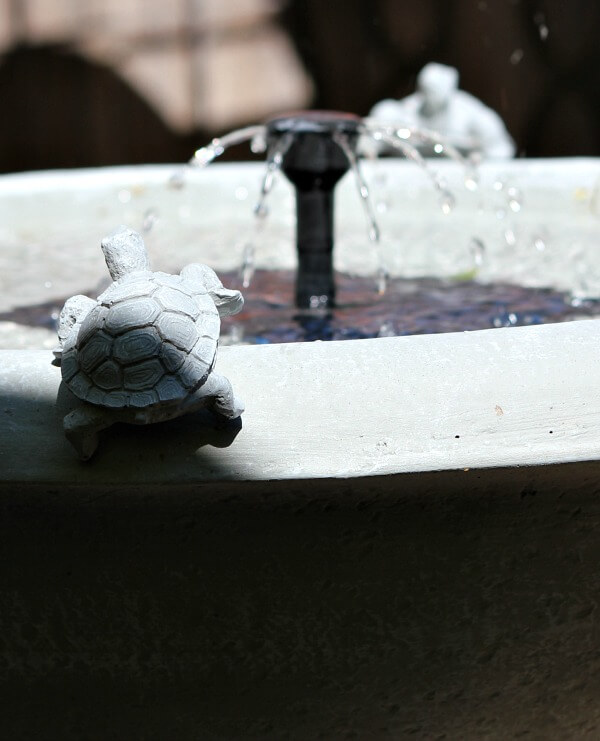
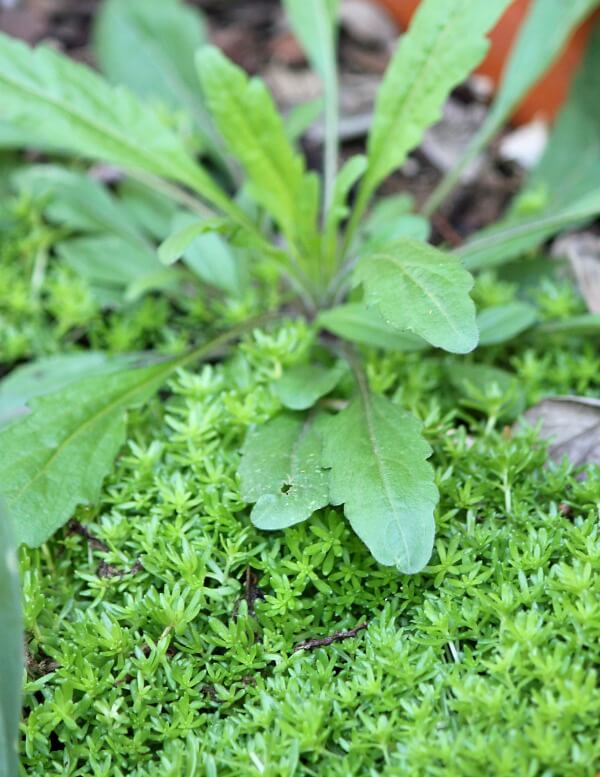



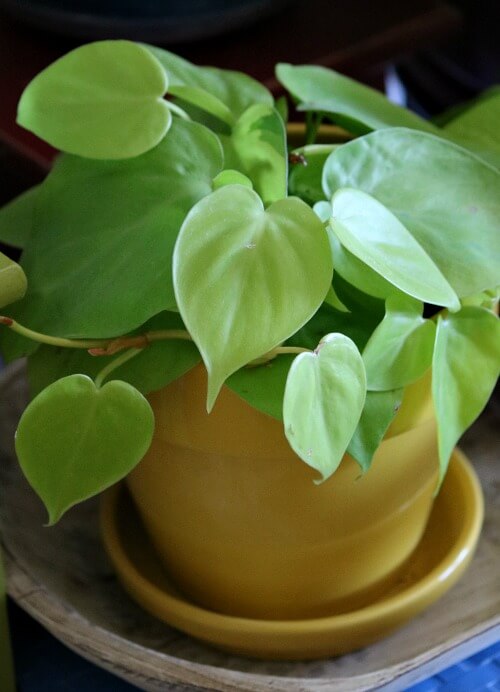

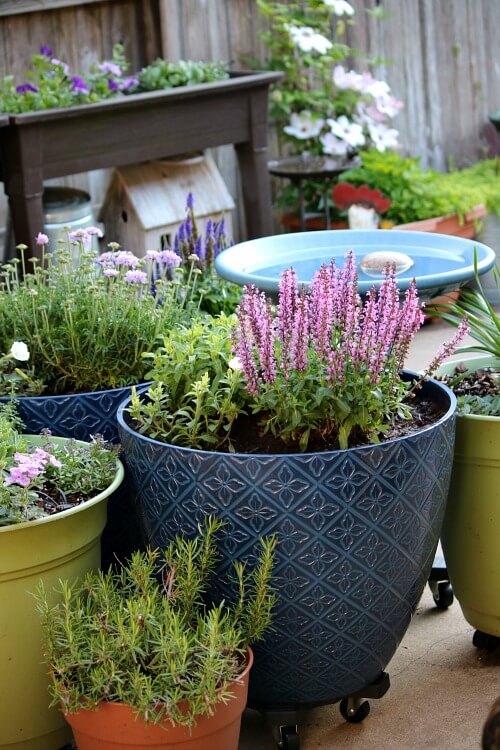
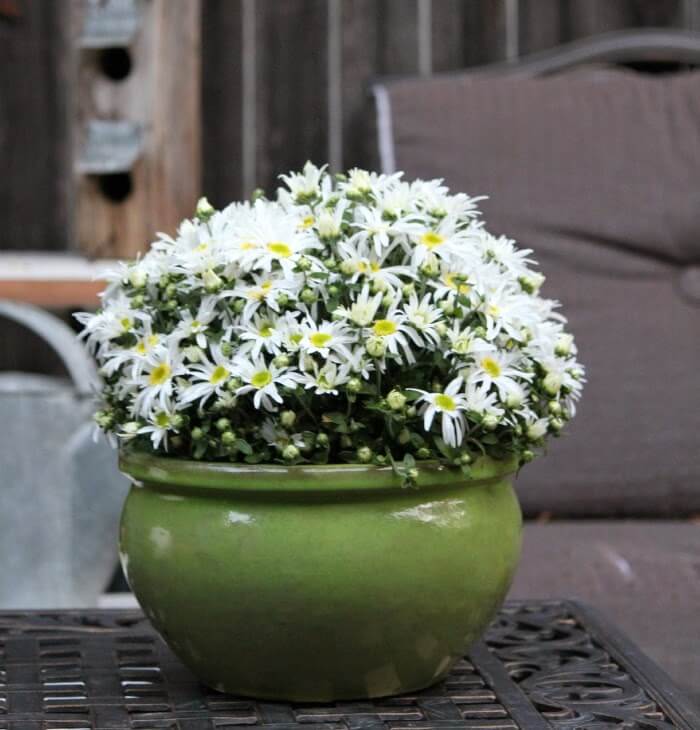
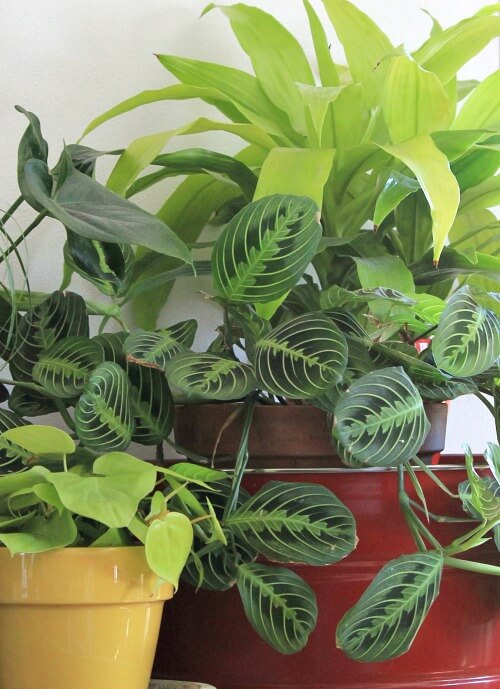
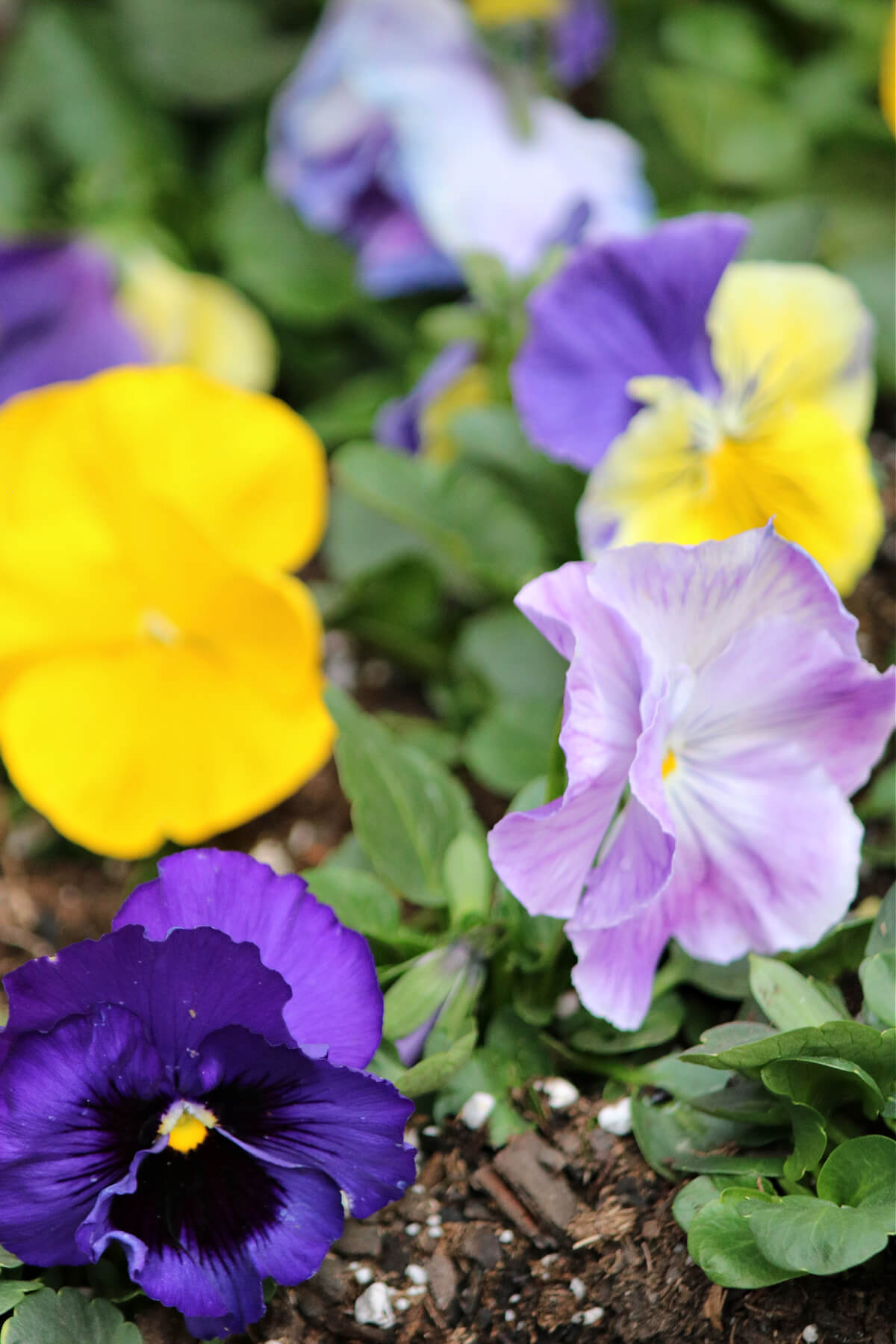
We did this at our last home as a school project, and it was so much fun. Maybe I should do it this time. xoxo Su
Brenda this was very helpful and informative! 🙂
I found your blog fascinating. I can definitely see you accomplish this again. We have a bird feeder and a hummingbird feeder in the summer. We also feed the squirrels. We have had birds nest in our tree and also in a birdhouse that my husband had built. I have added new plants this year for bees, butterflies and hummingbirds. I did not know about having a yard certified. I have had about every feature in different homes we have lived in. The yard where we live now is much smaller but we do attract birds, bees and butterflies. I am looking forward to more articles about this and seeing more of your patio garden. Hope Abi is feeling better.
You can do a lot of things without spending any money. You can leave a small area of your lawn unmowed, and the grass will produce seed heads for birds to eat. Gather up twigs and sticks that drop from trees and put them in a pile, and animals can hide in the pile. Put a flat rock into a shallow pan and fill the pan with enough water so the flat rock is just barely above the water. Bees and butterflies will sit on the rock and get sips of water. Leave a bit of ground ivy in a flower bed to provide cover for insects. Make a little pile of rocks to provide a hiding place for insects. If it won't freak you out too much, leave spider webs so that the spiders can catch insects. You might have to do such things in a private spot in the yard, behind a shed or garage for instance, because doing these things means your yard won't be quite as neat and tidy as you — or your neighbors — might like. I'm not advocating creating an eyesore that has your neighbors filing a complaint about you! But loosening up a bit can bring some delightful creatures to the yard. I once had a neighbor who was extremely tidy and he got upset when I left some strips of grass in my backyard that contained clover blossoms. I wanted to watch the bees buzzing, but my neighbor just couldn't handle my uneven mowing job, and told me he tried to get his mower into my backyard to tidy things up but it wouldn't fit through the gate. I would have been so mad if he had cut my grass!
Thank you for the information. I'm trying to do just that; we love seeing the wildlife come to our yard, even though it's only 1 1/2 acres.
When I was married I had my house certified as well, and also had the sign hanging in the garden. My new home has everything I need to be certified also, no doubt! I love that you have also created such a haven for wildlife on your patio, many people will be inspired by what you've done.
I've been wanting to do this for some time, since I did it before, as you did. It will be harder in an apartment. But when have I ever let that stop me???
Great post. I just moved,and there are two trees outside my living room and bedroom windows. They are quite tall, (I am on the 3rd floor facing south) and they are taller than my rooftop. They are just starting to bud out, and gosh, they have lots of birds in them singing and chattering all the time.
Management has asked us to not feed the birds as they make a really big mess on the buildings. This is pretty disappointing to me. I would love having a bird feeder and a little water feature, that would be so fun. Any suggestions?
If you have any form of a patio, you could put out a bird bath and also get container plants that feed them naturally. I will be looking up these plants and writing about them. If you can reach a tree branch you could also hang a hanging bird bath possibly.
There are conflicts between the nature we want to encourage and the nature that can hurt us. We were told to get rid of any birdbaths or standing water because of mosquito-born chikungunya (I have heard of similar things in the U.S., with people being fined for having birdbaths).
Our yard has lots of different kinds of cover and is full of birds and other critters like big old toads, bats and lizards. I would like to do more with plants for butterflies and bees (we have lots of trees, which flower and turn into a bee festival), but I am not big on actual digging in dirt. Brown thumb. What we have grows on autopilot.
From what I understand, mosquitoes won't lay eggs in moving water. So if you have a pump (I have solar), that should work. You can also add things that keep this from happening. However I guess it's different in other countries.
I absolutely love the idea of a wildlife garden! I look forward to reading your comments and pictures. Right now I feed the birds in winter (I am in Canada) and purchased a heated water bowl for the winter months for the birds and squirrels. It gives me great pleasure to give a little help to our wild neighbours!
I have been thinking of having my yard certified for years and never gotten around to it. After reading through your list I see that I have already covered the bases so I plan to use your link to get over there and do what is necessary to make it official.
I like how you have shared the things you have done in your apartment garden. I believe in doing all we can to help our wildlife. This year I plan to do all I can for the honeybees and monarchs.
I am SO looking forward to doing this at our new place. 🙂